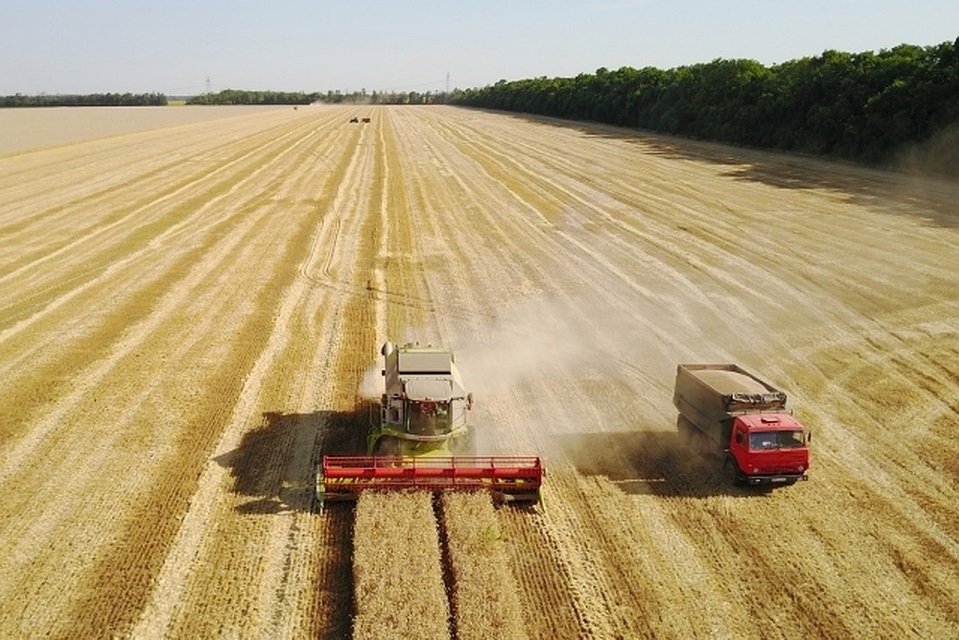Russia’s Rusagro to cut spring wheat area, attributes move to new tax regime

New Delhi — One of Russia’s largest agriculture land holders Rusagro Group plans to decrease its spring wheat area in the upcoming season against the backdrop of the country’s move to tighten grain export curbs.
The move is not expected to have a big impact on the overall wheat harvest in Russia, but it would have been bigger if export restrictions were not in place, according to the company.
Russia’s spring wheat planting generally starts in May while harvest begins in August and lasts until October. Most of the spring wheat is grown in Volga, Urals and Siberian regions.
Spring wheat production accounts for about 30% of total wheat production in Russia, which has emerged as the world’s largest wheat exporter in recent years.
S&P Global Platts Analytics expects Russia to produce 81.5 million mt of wheat in 2020-21 (July-June) and pegs exports at 38.2 million mt.
Russia recently confirmed it will impose a “floating tax” on its wheat and other grain exports starting June 2, adding to trade measures taken earlier by the government, including an export quota and taxes that will come into effect from Feb. 15 and will run through June 30.
Rusagro said Feb. 10 it is planning to decrease the share of grains in its land bank crop structure in 2021, citing developments around the floating tax regime.
“We plan to decrease the area with spring wheat and increase area allocation to sugar beet, sunflower, canola and [soybeans],” Maxim Basov, general director at Rusagro Group, told Platts Feb. 11.
He declined to specify by how much the company is planning to reduce the spring wheat area, because the numbers “may still change.”
The two important things to watch going forward are the spring grain area and weather conditions, according to Basov.
Rusagro and Russia had a larger winter planted wheat area in 2020, Basov said.
“We expect, therefore, wheat harvest to be not much smaller than 2020-21 (because of winter wheat) but smaller than it would be without [the] export restriction,” Basov said.
At the moment, winter wheat production under Rusagro is in good condition, although the “wheat in the south is not in a good condition, but this can change,” Basov added.
The weather forecast over Russia’s southern region expects over 150% of normal precipitation by mid-February, which can increase soil moisture to adequate and near normal levels if it materializes, said Victoria Sinitsyna, grains analyst at Platts Analytics.
The export quota and tax, along with a floating tax, is expected to make Russian wheat exports expensive going forward, according to analysts.
Rusagro said it holds around 641,000 hectares of agriculture land, and other than wheat, it is also engaged in the production of sugar, pork, oil and fats.
The agriculture segment formed 32% of Rusagro’s total sales in the fourth quarter of 2020, adding to Rb19.6 billion ($265.3 million) in sales, according to the company.
Fourth-quarter sales rose 81% on the year, led by a surge in the sales volume of grain crops and soybeans, according to Rusagro.
Read also
Wheat in Southern Brazil Impacted by Dry Weather and Frosts
Oilseed Industry. Leaders and Strategies in the Times of a Great Change
Black Sea & Danube Region: Oilseed and Vegoil Markets Within Ongoing Transfor...
Serbia. The drought will cause extremely high losses for farmers this year
2023/24 Safrinha Corn in Brazil 91% Harvested
Write to us
Our manager will contact you soon



